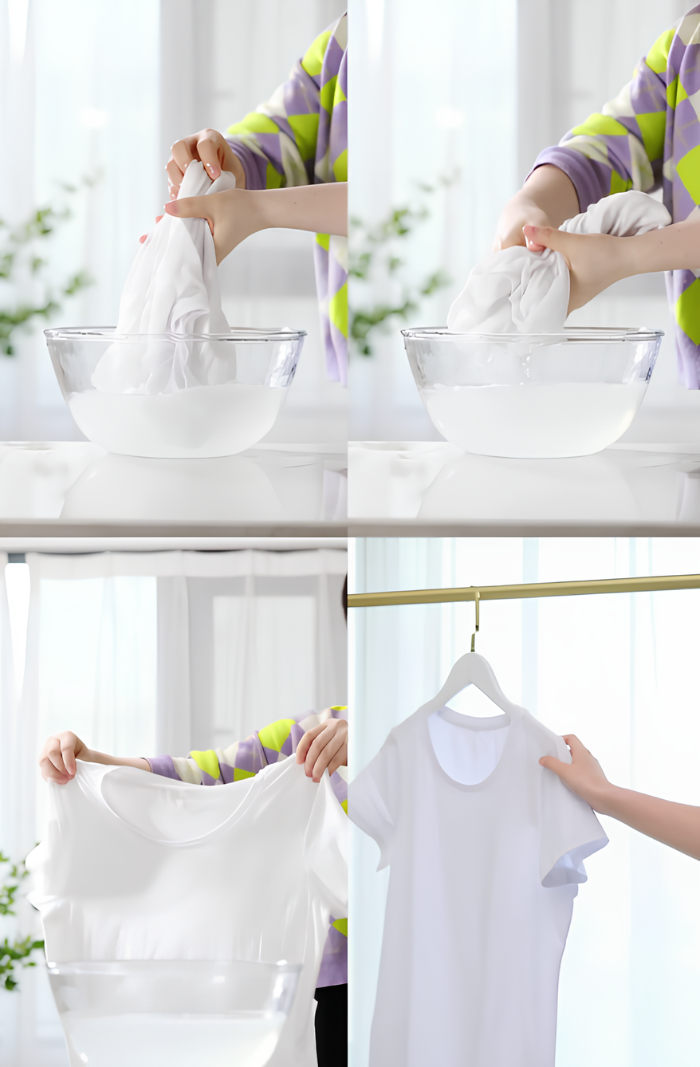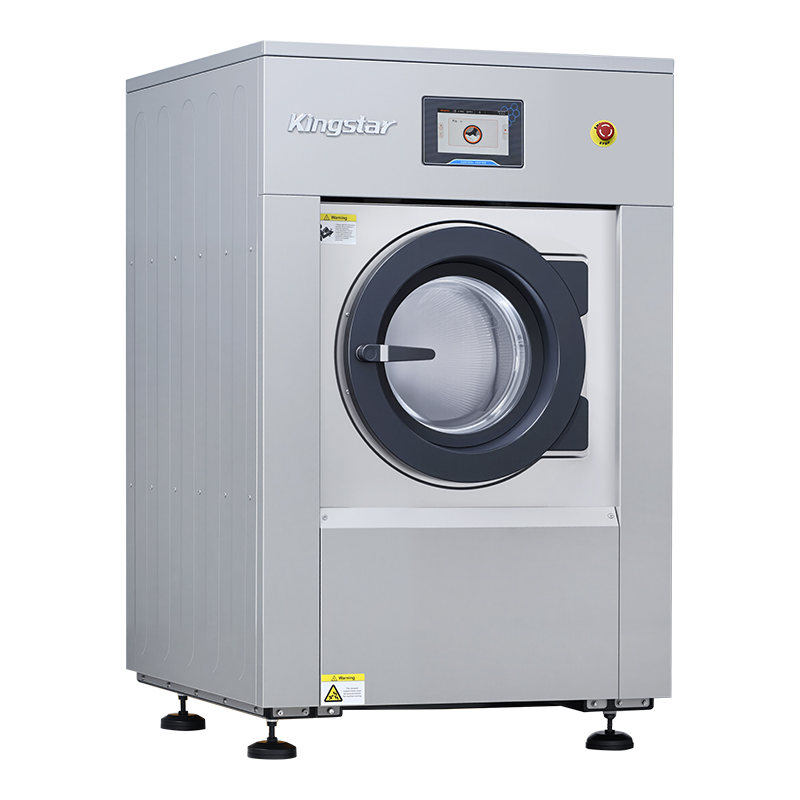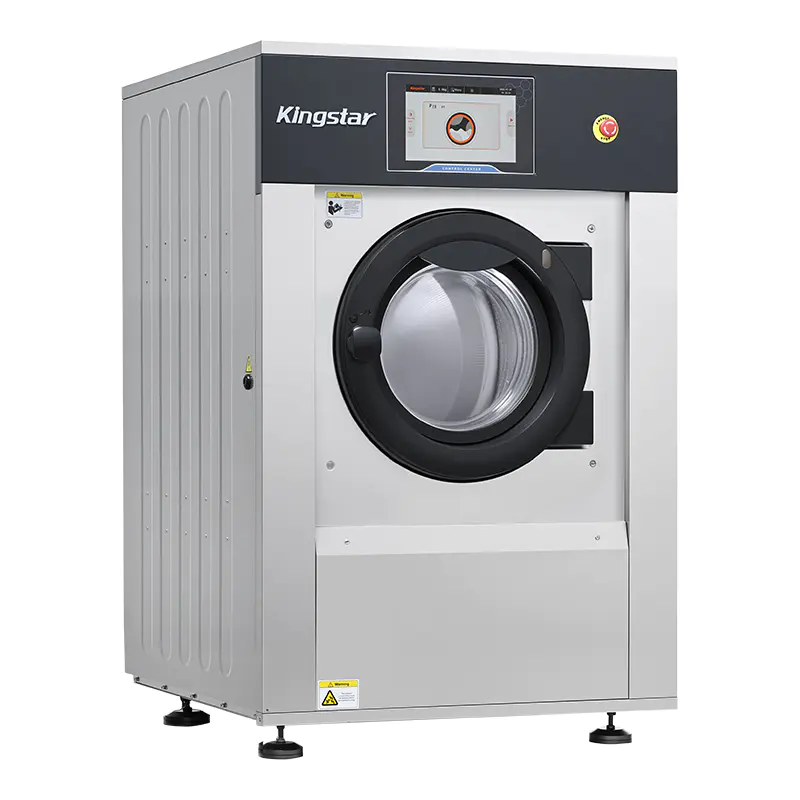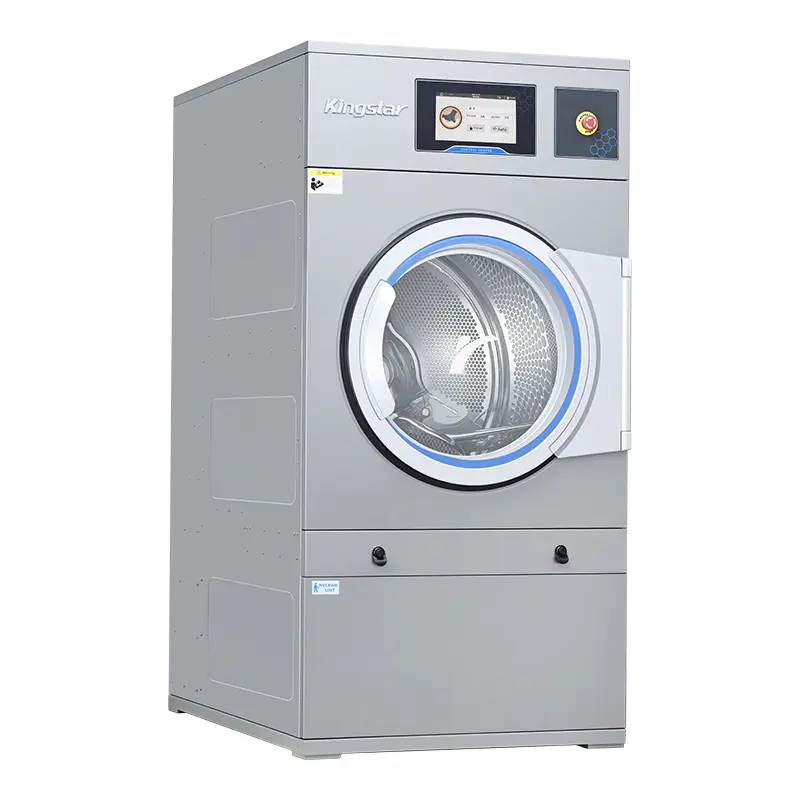
Professional Stain Removal: Key Techniques & How to Avoid Costly Mistakes
In the laundry industry, stain removal is the crucial link when evaluating the quality of washing techniques. It is not only highly technical but also carries risks. The laundry accidents in the laundry industry caused by improper stain removal and nonstandard operation account for a rather high proportion of the industry. Though the accidents can be fixed, it takes a lot of time, energy, and money. As a result, the staff who remove stains should have rich experience and strictly follow the rules to avoid accidents. The important principles laundry shop owners should follow when removing stains are as follows.
Never Forcibly Remove Stains
On the basis of the real situation
When removing stains, one should reasonably assess their own capabilities based on the existing technologies, chemicals, and equipment.
Never operate impulsively or blindly. It is better to have some stains that cannot be removed than to damage the clothes.
Forced stain removal not only may cause damage to the clothes but also may lead to customer complaints and affect the reputation of the laundry shops.
Common types of forcibly removing stains
- The rude type
They are generally staff who are new to the laundry industry and haven’t been trained formally. They rush to move stains quickly and use excessive mechanical forces, which easily lead to color fading, thread pulling, damage, or style impairment of the clothes.
- The persistent type
This kind of staff insists on using one method after seeing its effects and neglects other potential solutions. In the end, the excessive operation may damage the clothes.

- The hasty type
In the condition of having no correct determination of fabrics, types of stains, and the performance of stain removers, hasty stain removal operations can easily lead to accidents
- The aimless type
Using all the found stain removers without considering their effectiveness may lead to chemical interactions between different stain removers, which not only damage clothes but also make the stains more difficult to remove.
Correct Judgement
Fabrics
Before removing the stains, one must make an objective and correct judgment on the fiber, color fastness, surface style, accessories, color matching, and mutual effect. Different fabrics’ stain removal has big differences. For example, the treatment of oil stains on silk and cotton linen varies. The stain removal methods of polyester and other fabrics have vivid differences as well. People should pay attention that some fabrics cannot be treated with specific stain removers. For instance, silk fabrics should not use strongly alkaline stain removers or chemical raw materials such as ammonia water that can damage proteins.
Stain judgement
Only by making a correct judgment on the nature of the stain can the appropriate stain remover and method be selected. For example, protein stains are very difficult to remove after high-temperature treatment. Some tannin stains are difficult to completely remove even after being treated with alkaline stain removers. Therefore, it is necessary to clearly identify the type and characteristics of the stain before removing it.
Stain remover judgment
The properties and application scope of stain removers must be fully understood.
- Oxalic acid, chloroform, diluents, hot alcohol, etc., have a destructive effect on acetate fibers, rayon...
- Chemical products containing chlorine cannot be used in silk and wool protein fabrics. Solvent-based stain removers cannot be used on coated clothes.

When choosing a stain remover, it is essential to ensure that it matches the fabric and the type of stain.
First Experiment, Then Practice
When there is an unfamiliar fabric or stain remover, an experiment must be done first. During the experiment, one should pay special attention to the stain remover to see whether it damages colors or fabrics. Only when security is ensured can the stains be officially dealt with. This step can effectively prevent clothing damage caused by improper stain removers.
Order
When people remove stains, the principle of “from small to big, from light to dark, from most safe to most dangerous.” Many stains need multiple repeated operations to be completely removed. As a result, the smallest and shallowest stains of the same nature should be treated first. If these stains cannot be removed, then the methods or stain removers should be changed. For the same type of stains, the safest stain removal method should be chosen first. For example, stains that can be removed with color bleach should not be treated with chlorine bleach. If it can be removed with regular stain removers, do not directly use special stain removers.
Water First
In spite of special stains like asphalt and paint, other stains should be pre-treated with clean water or regular detergent first. If the stain cannot be removed, use a special stain remover. This step can effectively reduce the potential damage of stain removers to clothes.
Chemical Reagent
Chemical reagents are an indispensable tool in the stain-removal process. But it’s also a double-edged sword. Before using the chemical reagents, one must have a comprehensive understanding of their nature. People should also be careful when operating to avoid damage or other accidents caused by improper usage.
Comprehensive Consideration
Stain removal is a complicated physical and chemical process that involves multiple factors such as medium, temperature, mechanical force, and time. Methods such as dissolution, emulsification, oxidation, and reduction all need to be mastered proficiently and applied flexibly. Only by comprehensively considering these factors can the best stain removal effect be achieved while ensuring the safety of the clothes.
Conclusion
Stain removal is a highly challenging technical link in the laundry industry. It requires the staff to have rich experience and rigorous operational standards. Following the above principles can not only avoid stain removal accidents but also increase the success rate and level of expertise. Laundry shop operators should attach great importance to the training and management of stain removal techniques. This ensures that every employee can master the correct stain removal methods. This can provide high-quality laundry services to customers and establish a good brand image.
ADD:No.388 Xinggang Road, Chongchuan District, Nantong City, 226000, Jiangsu Province, China.
-
Phone: +86-13917089379
-
Tel:+86-13917089379
-
Fax:+86-0513-85663366
-
E-mail:[email protected]








